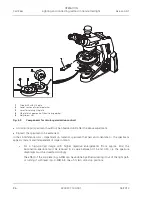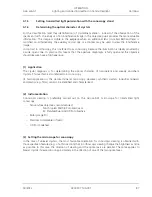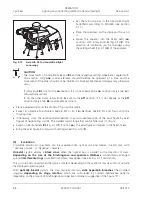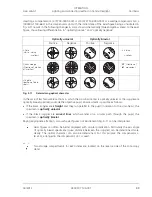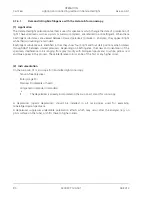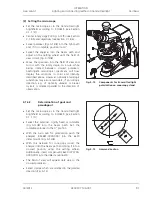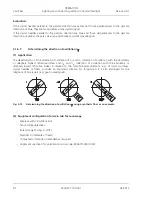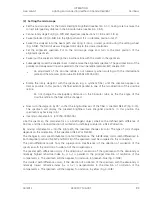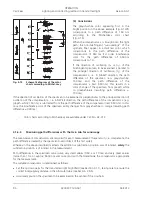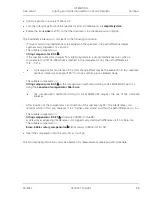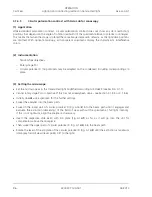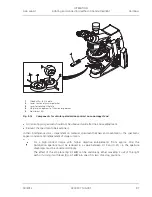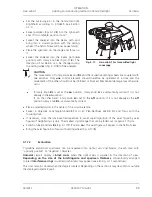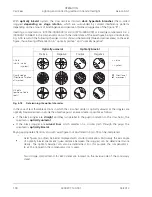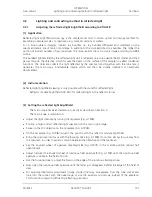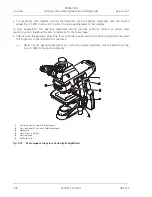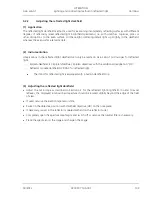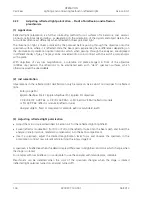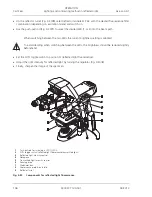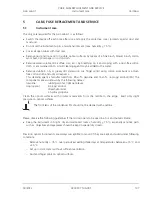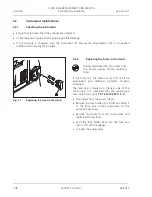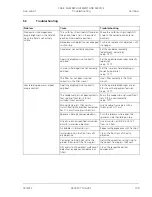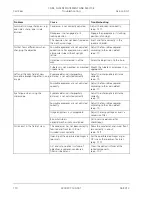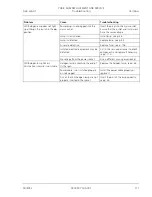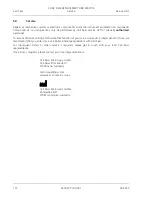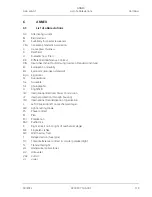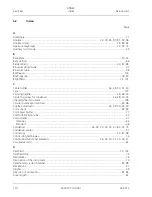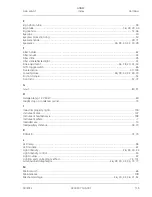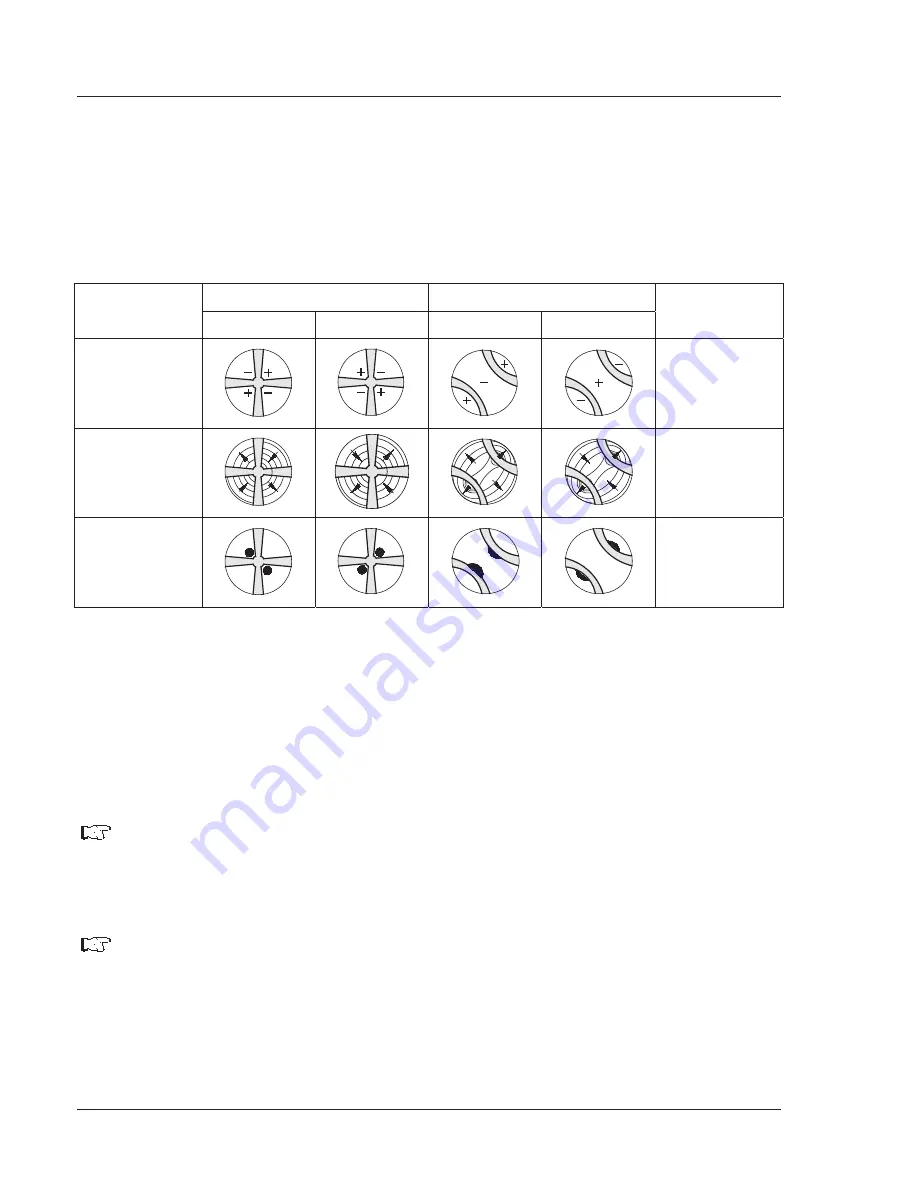
OPERATION
Carl Zeiss
Lighting and contrasting method in transmitted light
Axio Lab.A1
100 430037-7144-001
04/2013
With
optically biaxial
crystals, the cross resolves into two
dark hyperbola branches
(the so-called
isogyres)
depending on stage rotation
, which are surrounded by colored interference patterns
depending on the amount of birefringence and specimen thickness (suggestive of the figure "8").
Inserting a compensator
O
(473704-0000-000) or
O
/4 (473714-0000-000) or a wedge compensator 0-4
O
(000000-1140-663) in the compensator slot with the initial state of the axial figure being as illustrated in
Fig. 4-18 results in the following changes in color shown schematically (blue and yellow areas) to the axial
figure, thus allowing differentiation in "optically positive" and "optically negative".
Optically uniaxial
Optically biaxial
Positive Negative Positive Negative
O
-Plate
(white
o
blue
o
yellow)
+ = blue
– = yellow
Quartz wedge
(Direction of motion
at insertion)
Ò
Direction of
Ó
movement
O
/4 plate
(position of black
spots)
Fig. 4-18
Determining the optical character
In the case of less favorable sections in which the cross-hair center is optically uniaxial or the isogyres are
optically biaxial specimens outside the objective pupil, an assessment is possible as follows:
x
If the black isogyres are
straight
and they run parallel to the pupil (in relation to the cross-hairs), the
specimen is
optically uniaxial
.
x
If the black isogyres are
curved lines
which wander on a circular path through the pupil, the
specimen is
optically biaxial
.
Paying appropriate attention, also such axial figures not illustrated in Fig. 4-18 can be interpreted.
Axial figures can often be better displayed with circular polarization. Particularly the axis angle
of optically biaxial specimens (quasi distance between the isogyres) can be determined more
clearly. The optical character can also be determined. For this purpose the compensator
O
(6 x 20), arranged in the compensator slot, is used.
Two storage compartments for 6x20 slides are located on the reverse side of the conoscopy
stand.

